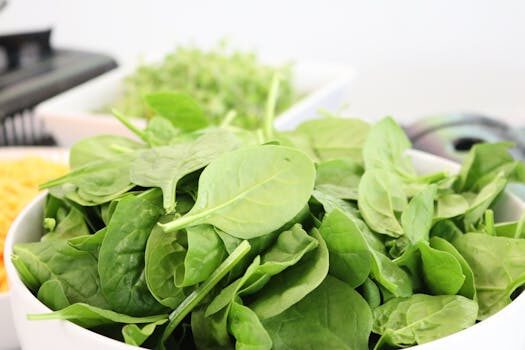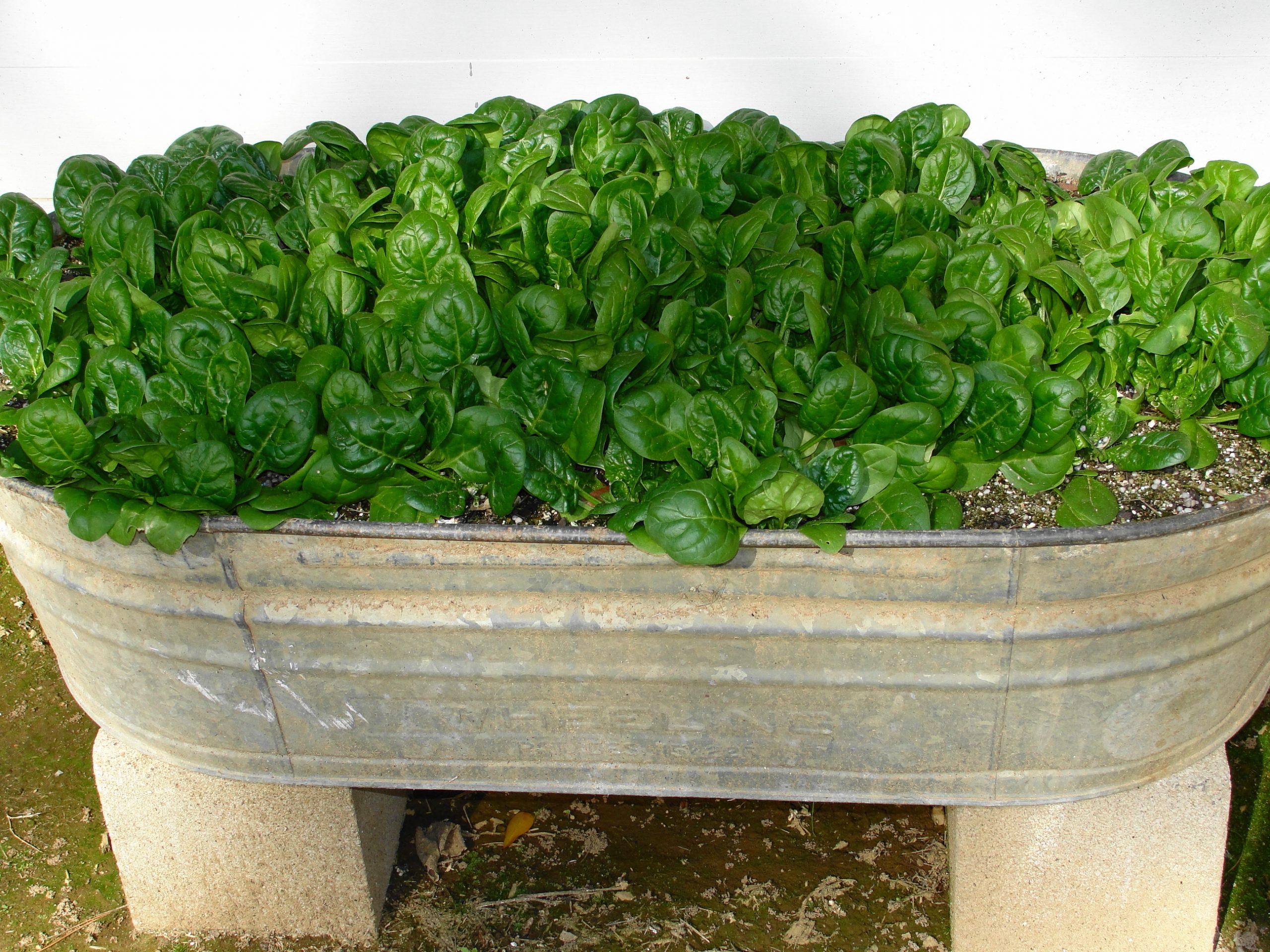Growing your own spinach can be a rewarding experience, providing you with a fresh and nutritious supply of greens. Whether you have a vast garden or a small balcony, spinach is versatile and easy to cultivate when given the right conditions. This go-to guide will explore the essentials of growing spinach, from sowing seeds to harvesting.
How Long Does Spinach Take to Grow from Seed?
Embarking on your spinach-growing journey begins with understanding the timeline. Spinach is a speedy grower, typically taking between 6 to 8 weeks from seed to harvest. The exact time can vary based on the variety and growing conditions.
For a continuous supply, consider successional planting. Sow seeds every few weeks to ensure ongoing harvests. Keep in mind that spinach germinates best in cool soil, so starting seeds indoors may be beneficial for an early start to the season.
Spinach’s growth rate is also influenced by daylight. Long summer days can lead to bolting, so opting for bolt-resistant varieties if planting later in the season is wise.
What Are the Ideal Conditions for Growing Spinach?
Spinach thrives in cool weather with temperatures ranging from 35-75°F. It enjoys well-drained, fertile soil with a pH of 6.5-7.0. Before planting, enrich the soil with compost to provide necessary nutrients.
While spinach can tolerate partial shade, it grows best in full sunlight during cooler months. Watering is crucial; spinach requires consistent moisture, especially as it establishes itself.
If you live in a warmer climate, planting spinach in a spot that gets afternoon shade can help prevent bolting, allowing you to enjoy your crop for a longer period.
Introducing companion plants, like strawberries or peas, can create a beneficial microclimate and deter pests. However, avoid planting spinach close to potatoes, as they can compete for nutrients.
How to Grow Spinach in Pots for Limited Spaces?
Don’t let limited space deter you from growing spinach. Containers are a great alternative for small gardens or balconies. Choose pots that are at least 6-8 inches deep and have good drainage.

- Use high-quality potting mix to ensure proper nutrition and water retention.
- Plant seeds or seedlings 12 inches apart to give each plant enough room to grow.
- Regular watering is essential, as pots can dry out faster than garden soil.
- Place containers in a location that receives ample sunlight, moving them as needed to protect from harsh conditions.
Remember to feed your potted spinach with a balanced, water-soluble fertilizer to encourage robust growth.
What Are the Best Tips for Harvesting Spinach?
Harvesting spinach at the right time is key to getting the most flavorful leaves. Wait until the leaves are about the size of your hand for optimal taste and texture.
Using a cut-and-come-again method, where you pick the outer leaves first, allows the plant to continue producing more foliage. Be gentle to avoid damaging the root system.
For a full harvest, cut the entire plant at the base, leaving an inch of stem behind. This can sometimes encourage a second growth spurt.
Regular harvesting prevents the leaves from becoming bitter and can also delay bolting. The morning is the best time to harvest, as the leaves are at their crispest.
How to Troubleshoot Common Spinach Growing Problems?
Growing spinach can come with its set of challenges, such as pests and diseases like flea beetles and downy mildew.
 Types of tulips: 21 stunning varieties for your garden
Types of tulips: 21 stunning varieties for your garden- Inspect plants regularly and hand-pick any pests that you find.
- Use row covers to protect young plants from insect damage.
- Ensure proper air circulation and avoid overhead watering to reduce the risk of mildew.
If your spinach does bolt, harvest it immediately and try planting a heat-tolerant variety next time or adjust your planting schedule to avoid the hottest part of the year.
What Are the Different Varieties of Spinach to Grow?
Choosing the right variety can make a significant difference in your spinach-growing success. There are three main types: smooth, savoy, and semi-savoy.

“Bloomsdale Long Standing” is a popular savoy variety known for its crinkled leaves and good resistance to bolting. It’s an excellent choice for beginners.
For a milder flavor and smooth texture, try growing a flat-leaf variety like ‘Baby’s Leaf Hybrid’ which is ideal for salads.
No matter what variety you choose, ensure you have the right growing conditions and care for the best results.
Frequently Asked Questions About Growing Spinach
What is the trick to growing spinach?
The trick to growing lush, leafy spinach is to start with quality seeds or transplants and provide consistent care. Spinach prefers cool temperatures, so plant early in the spring or in the fall for a late crop.
Maintaining even soil moisture and good nutrient levels will help plants thrive. Remember to harvest regularly to encourage new growth and prevent bolting.
What should you not plant next to spinach?
When planning your garden, avoid planting spinach next to certain plants such as potatoes and fennel. These can compete with spinach for nutrients or attract pests that could harm your spinach plants.
Instead, choose companions like strawberries, legumes, or brassicas, which can offer mutual benefits, such as pest control or shade.

What’s the best month to plant spinach?
The best time to plant spinach largely depends on your climate. In general, spinach should be planted as soon as the soil can be worked in the spring or 6-8 weeks before the first fall frost.
For a fall crop, timing is crucial to ensure that plants mature before the days become too short and cold, which can halt growth and lead to bolting.
What does spinach need to thrive?
Spinach needs cool temperatures, well-drained fertile soil, and consistent moisture to thrive. Full sun to partial shade is ideal, and a balanced fertilizer can support healthy growth.
Protecting your spinach from pests and extreme temperatures with mulches or row covers also contributes to successful spinach cultivation.
 How to grow mushrooms: our expert guide to making fabulous fungi
How to grow mushrooms: our expert guide to making fabulous fungiGrowing spinach can be a simple and rewarding venture for gardeners of all levels. With the right conditions, care, and variety selection, you’ll be on your way to harvesting your own vibrant, flavorful spinach leaves. Use this go-to guide as your companion, and enjoy the process of nurturing and enjoying the fruits of your labor.

